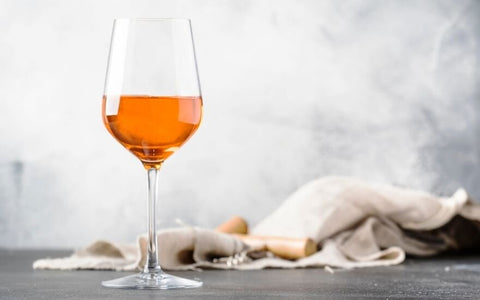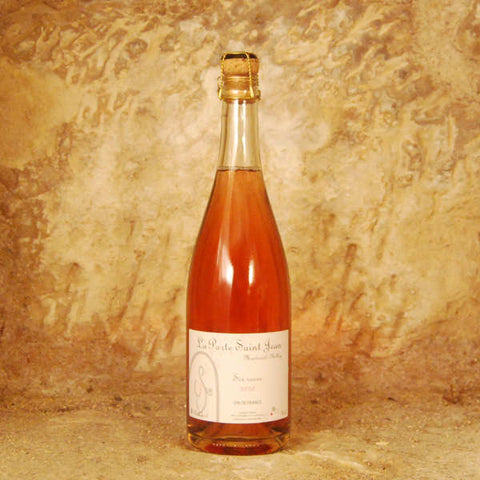Rosé Wines: Understanding the Pink Drink Revolution
Once dismissed as merely a summer sipper, rosé has emerged as a serious wine category, with styles ranging from bone-dry Provence-inspired wines to fuller-bodied Australian expressions. This guide explores the world of rosé wine, from production methods to food pairing.
What Makes a Wine Rosé?
Rosé wines get their characteristic pink colour from limited contact between red grape skins and juice. Unlike red wines, which ferment with skins for weeks, rosé wines have brief skin contact, usually hours to days, creating that distinctive pink hue.
Production Methods
Direct Pressing
- Grapes crushed and pressed immediately
- Minimal skin contact
- Lighter colour and style
- Provence-style approach
- Delicate flavours
Saignée Method (Bleeding)
- Juice "bled" from red wine fermentation
- More intense colour
- Fuller body
- Concentrated flavours
- Traditional Australian approach
Blending
- Small amount of red wine added to white
- Less common method
- Precise colour control
- Used mainly in sparkling rosé
- Consistent style achievement
Australian Rosé Styles
Regional Expressions
- Grenache-based rosés
- Mediterranean style
- Dry and textural
- Red fruit characters
- Savoury finish
Barossa Valley:
- Shiraz and Grenache rosés
- Fuller bodied
- Riper fruit profiles
- Spice notes
- Higher alcohol
Adelaide Hills:
- Pinot Noir rosés
- Delicate style
- Fresh acidity
- Light bodied
- Subtle aromatics
Grape Varieties
Common varieties used in Australian rosé:
Traditional Varieties
- Grenache
- Shiraz
- Pinot Noir
- Cabernet Sauvignon
- Merlot
Emerging Varieties
- Tempranillo
- Sangiovese
- Nebbiolo
- Mourvèdre
- Cinsault
Flavour Profiles
Dry Styles
- Red berries
- Citrus
- Watermelon
- White peach
- Herbs
- Mineral notes
Fuller Styles
- Strawberry
- Raspberry
- Cherry
- Spice
- Stone fruit
- Floral notes
Food Pairing
Classic Matches
- Seafood
- Mediterranean cuisine
- Light pasta dishes
- Salads
- Antipasto
- Grilled chicken
Australian Favourites
- Prawns on the barbie
- Fresh oysters
- Fish and chips
- Thai cuisine
- Vietnamese dishes
- Light curry
Serving Tips
Temperature
- Serve well chilled (6-10°C)
- Not too cold for fuller styles
- Allow to warm slightly if needed
- Keep chilled while serving
Glassware
- White wine glasses
- Universal glasses
- Avoid narrow flutes
- Clean, clear glass to appreciate colour
Storage and Ageing
Most rosés are best enjoyed young:
- Drink within 1-2 years
- Store cool and dark
- Protect from heat
- Maintain consistent temperature
- Some premium styles can age
The Rosé Revival
Growing Popularity
- Year-round consumption
- Premium category growth
- Diverse styles available
- Food-friendly reputation
- Social media influence
Consumer Trends
- Preference for dry styles
- Pale colour popularity
- Premium positioning
- Local producer support
- Sustainable production
Seasonal Enjoyment
Summer Drinking
- Beach picnics
- Outdoor dining
- Pool parties
- BBQ accompaniment
- Refreshing aperitif
Year-Round Appeal
- Versatile food matching
- Indoor entertaining
- Restaurant favourite
- Special occasions
- Casual enjoyment
Production Considerations
Key Decisions
- Harvest timing
- Skin contact duration
- Press pressure
- Fermentation temperature
- Yeast selection
Style Impact
- Grape ripeness
- Pressing method
- Fermentation vessel
- Temperature control
- Finishing choices
Visit Our Cellar Door
At McLaren Vale Cellars, we showcase rosé wines that demonstrate the diversity and quality of Australian rosé production. Our range includes:
- Traditional Grenache rosé
- Premium single-vineyard styles
- Innovative blends
- Limited release versions
- Seasonal selections
Understanding Rosé Labels
Key Information
- Sweetness level (dry to sweet)
- Production method
- Grape varieties
- Vintage
- Region
Style Indicators
- Alcohol level
- Colour description
- Serving suggestions
- Food pairing recommendations
- Producer notes
Future Trends
Industry Development
- Increasing premiumisation
- Experimental styles
- Alternative packaging
- Sustainable practices
- Organic production
Consumer Evolution
- Greater style awareness
- Quality recognition
- Value appreciation
- Year-round consumption
- Food pairing knowledge
Remember, rosé is more than just a summer wine - it's a versatile category that offers something for every palate and occasion. Whether you prefer a light, crisp style or a fuller-bodied expression, there's a rosé to suit your taste.




Comments (0)
There are no comments for this article. Be the first one to leave a message!